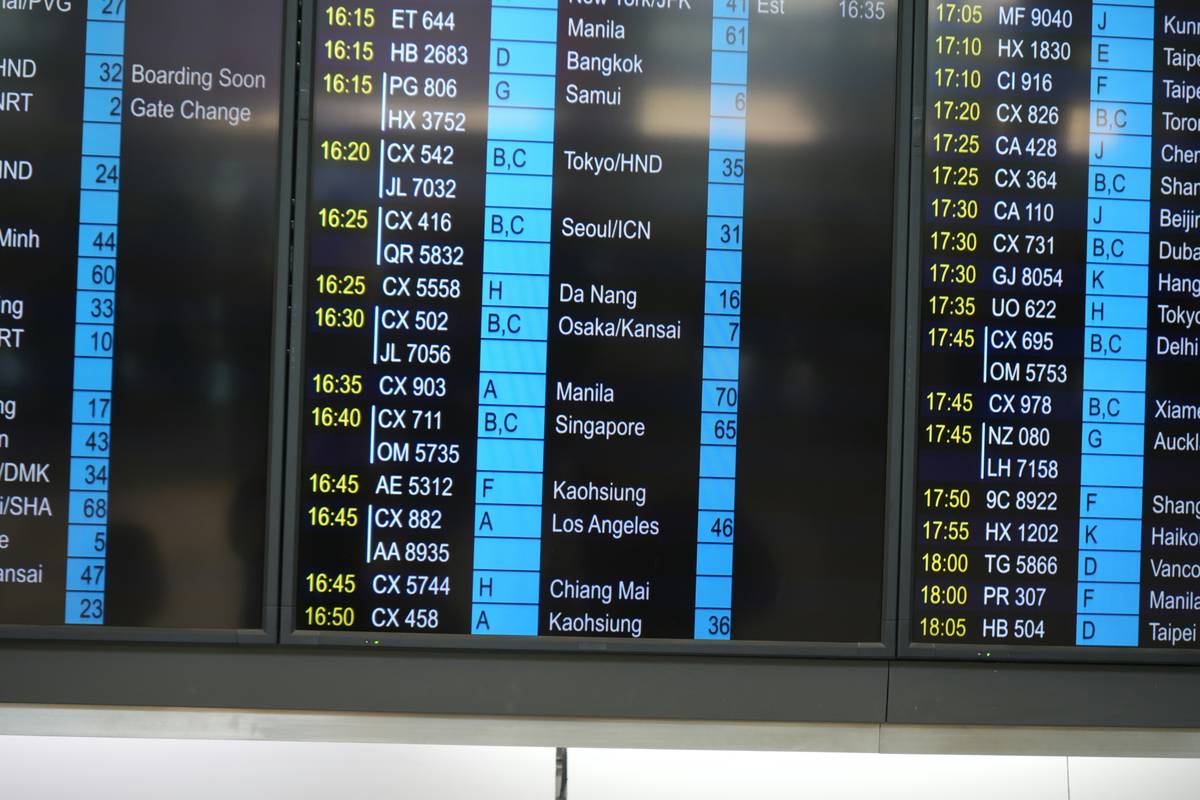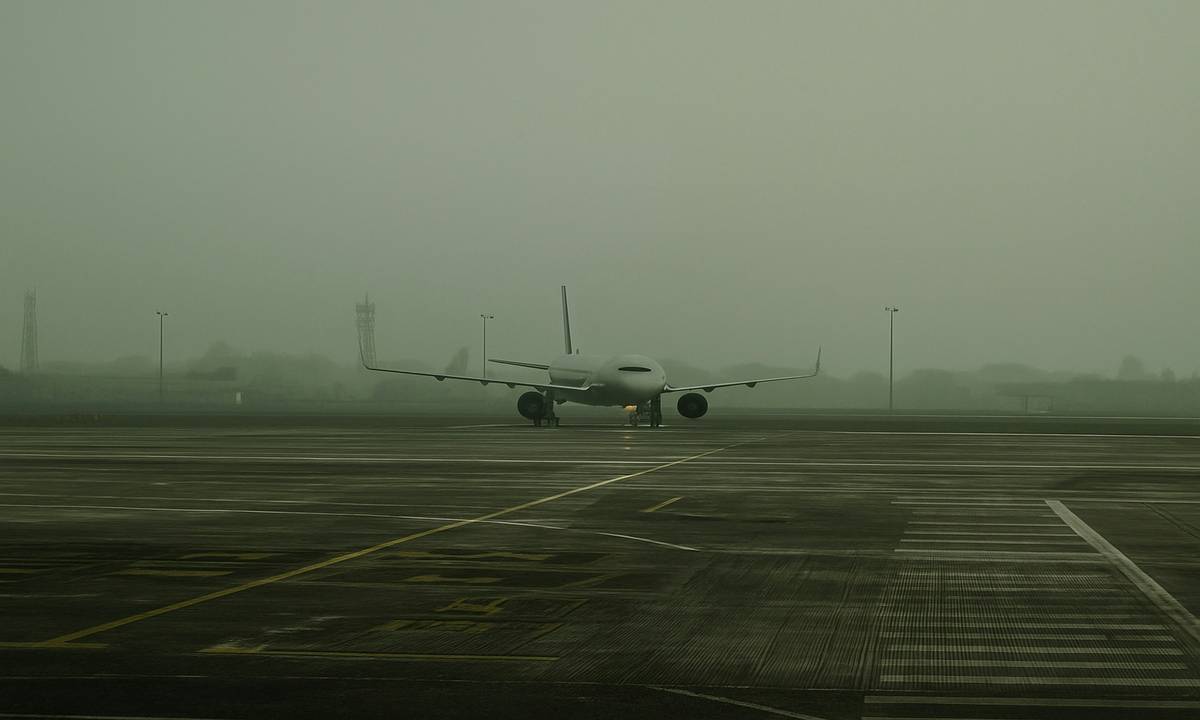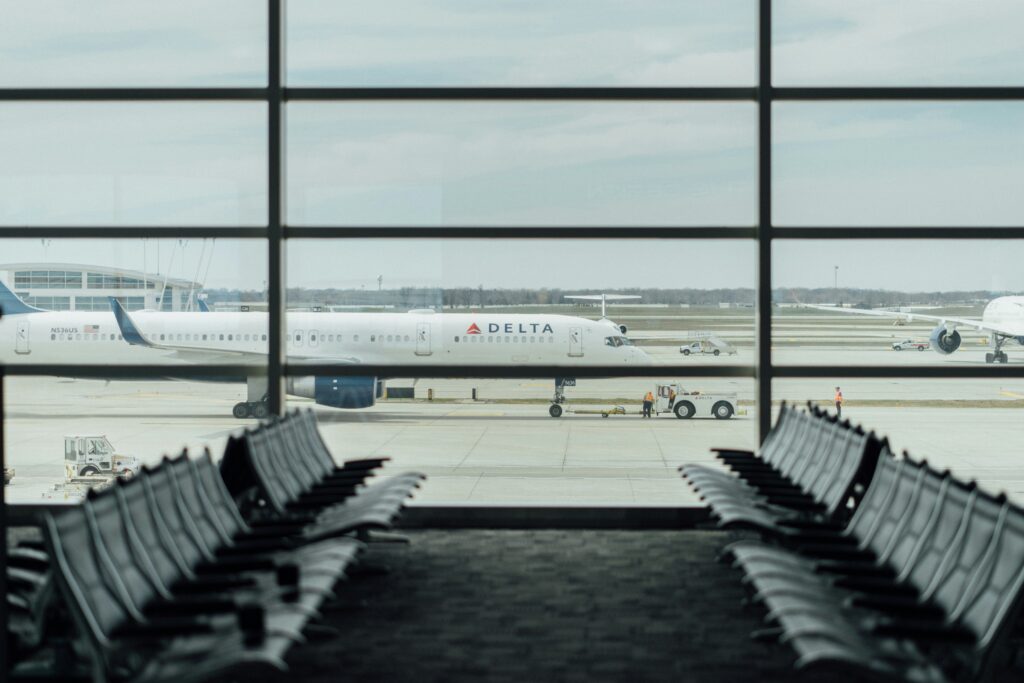Ever been stuck at the airport for hours because of an air traffic delay? If your answer is yes, you’re not alone. According to the Bureau of Transportation Statistics, over 86% of flight delays are caused by issues like weather, air traffic control, or mechanical problems. And let’s be honest—airports aren’t exactly known for their entertainment value. Here’s the kicker: most travelers don’t realize there’s something that can soften the blow of these delays—air traffic delay coverage. Intrigued? Good. In this post, we’ll walk you through what it is, how it works, and how to choose the right plan. You’ll also learn insider tips, common pitfalls to avoid, and even hear about a time I completely botched my own travel insurance choice (spoiler alert: coffee was involved).
Table of Contents
- Why Air Traffic Delay Coverage Matters
- How Air Traffic Delay Coverage Works: A Step-by-Step Guide
- Top Tips for Choosing the Right Insurance
- Real-Life Example: How Air Traffic Delay Coverage Saved My Trip
- FAQs About Air Traffic Delay Coverage
Key Takeaways
- Air traffic delay coverage reimburses expenses incurred during significant flight delays due to air traffic issues.
- Not all policies are created equal—read the fine print before purchasing!
- Delayed flights can disrupt your entire itinerary; coverage ensures peace of mind.
Why Air Traffic Delay Coverage Matters

Let me paint a picture: You’ve just landed in Paris after saving up for months. The Eiffel Tower awaits—but oh no, a thunderstorm has grounded your connecting flight. Twelve hours later, you’re still stuck at Charles de Gaulle Airport with empty pockets and zero hotel reservations. Sound familiar?
That’s where air traffic delay coverage comes in. This specialized form of travel insurance helps cover costs like meals, accommodations, and transportation when flights are delayed beyond a certain threshold (usually six hours). Without it, you’d be footing the bill yourself—on top of dealing with the stress of unpredictability.
“Optimist You:” ‘Perfect, I’ll definitely need this!’
Grumpy You: ‘Ugh, one more thing to research before booking…’
How Air Traffic Delay Coverage Works: A Step-by-Step Guide

Step 1: Understanding Your Policy Terms
Before diving headfirst into any policy, start by reading the terms closely. Some plans only kick in after a specific delay duration (say, 12 hours), while others may cap reimbursement amounts.
Step 2: Documenting the Delay
Keep every receipt related to your expenses during the delay. Airlines will require proof of both the delay itself (boarding passes, official notices) and your associated costs.
Step 3: Filing Your Claim
Once you’re back home, gather all documentation and submit your claim within the specified timeframe (usually 90 days). Most insurers have online portals that make this easier.
Step 4: Receiving Compensation
If approved, you’ll receive compensation directly via check or bank transfer. Voila—your impromptu airport dinner doesn’t feel so bad anymore.
Top Tips for Choosing the Right Insurance

To help simplify your search, here are five tried-and-tested strategies:
- Know Your Needs: Evaluate how often you fly and whether destinations tend to have higher risks of delays.
- Check Coverage Limits: Ensure maximum payouts align with potential costs (e.g., $500/day vs. $150/day).
- Read Reviews: Look for feedback from actual users who’ve claimed under similar circumstances.
- Compare Policies: Use comparison tools like Squaremouth or InsureMyTrip to weigh options side by side.
- Beware Hidden Clauses: For instance, some plans exclude pre-existing medical conditions from affecting eligibility.
Terrible Tip Alert: Don’t skimp on research—buying cheap coverage from obscure providers could leave you unprotected. Lesson learned the hard way when my “bargain” insurer denied my claim because of technicalities buried deep in the T&Cs.
Real-Life Example: How Air Traffic Delay Coverage Saved My Trip
Here’s a story straight outta my personal horror files: I once booked a dream trip to Bali but got hit with a massive typhoon causing a whopping 72-hour delay midway through connections. Thanks to thoughtful planning ahead of time—including opting for robust air traffic delay coverage—I scored complimentary stays at an airport lounge, covered Uber rides, AND snagged a nice hotel room near the terminal.
Fast forward to today, I’m still grateful for the foresight—and caffeine—that got me through those endless layovers.
FAQs About Air Traffic Delay Coverage
What Exactly Does Air Traffic Delay Coverage Include?
It typically includes lodging, food, clothing replacement, and local transportation expenses accrued during a covered delay event.
Is It Worth It If I Only Travel Occasionally?
Absolutely. Even occasional travelers benefit since delays happen unexpectedly and can wreak havoc financially otherwise.
Can I File Multiple Claims Under One Policy?
Yes, though individual events must meet qualifying criteria independently. Check specifics per provider guidelines.
Conclusion
In summary, air traffic delay coverage is essential for frequent flyers and adventurous souls alike. From understanding its nuances to selecting tailored protection, being prepared makes all the difference. Remember, nobody plans for chaos—but having backup turns crises into mere inconveniences.
And now, as promised—the ultimate throwback easter egg: Like Pokémon cards in middle school lunch trades, good travel insurances are rare treasures worth hunting down. Happy travels!


